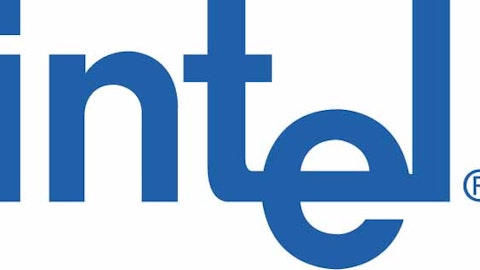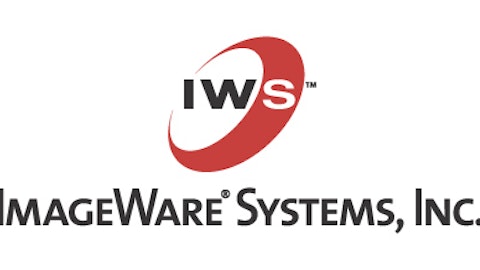NVIDIA is doing something similar to what Microsoft did with PCs. Instead of building the actual hardware, NVIDIA is designing the platform, and its success is largely independent of the retail price of the devices. This is much like Windows for PCs, where licenses are sold regardless of the underlying price of the computer.
Barnes & Noble took the other route, selling commodity hardware in an ultra-competitive market. The Nook division is dragging down the company, which has posted losses in each of the past three years. Without the Nook, B&N would actually be profitable, albeit in decline, and the best strategy is to simply ditch the tablet business and focus on being a bookseller.
Tegra vs. Fire
At $199, the Tegra Note will be priced similarly to the Kindle Fire from Amazon.com, Inc. (NASDAQ:AMZN). Amazon sells its hardware at rock-bottom prices in order to sell content such as e-books, movies, and TV shows to its users. The company likely makes no money at all from its hardware, making it incredibly difficult to compete with at the low end.
The key for the Tegra Note is games. The Tegra 4 processor has the most advanced graphics available, making the Tegra Note the clear choice for gamers. The Kindle Fire is not built for speed, being only as quick as is necessary in order to keep the costs down, and it’s aimed at a completely different market. The Fire is a consumption device, the sole purpose of which is to sell content. The Tegra Note is built for gaming, with support for game controllers as well as Tegra-specific games.
With plenty of cheap Android tablets available, the Kindle Fire doesn’t really stand out. The Nexus 7 from Google, for example, sells for only slightly more, even with a higher resolution and better performance. The Tegra Note uses graphics to differentiate itself, and as the lineup of Tegra-optimized games grows, it should draw gamers away from the competition.
The bottom line
It would make little sense for NVIDIA to manufacture its own tablet. Creating a reference design for its partners makes a lot more sense, and I believe it is the best chance NVIDIA has to get the Tegra processor into a significant number of devices. The price is low enough that the enhanced gaming provided by the Tegra is within reach of the bulk of consumers. What NVIDIA has done is create the first true gaming tablet. It should do quite well.
The article The Birth of the Gaming Tablet originally appeared on Fool.com and is written by Timothy Green.
Timothy Green owns shares of NVIDIA. The Motley Fool recommends Amazon.com and NVIDIA. The Motley Fool owns shares of Amazon.com.
Copyright © 1995 – 2013 The Motley Fool, LLC. All rights reserved. The Motley Fool has a disclosure policy.





